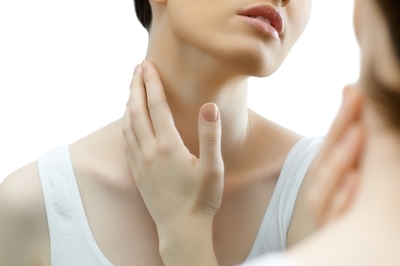Skin Self-Exams
The Skin Cancer Foundation recommends that everyone do monthly head-to-toe self-examination of their skin. This is to find any new or changing lesions that could be precancerous or even cancerous. When you find skin cancer early, it is almost always curable. Find out about the warning signs of skin cancer and what to look for when you do your skin self-examination (SSE).
Nine Steps to Self-Examination of the Skin
There are nine basic steps to self-examination of the skin. Follow this as a guide to self-screening for skin cancer and precancerous lesions.
- Step 1 – Gather the items you will need. This includes a bright light source, a full-length mirror, a hand mirror, 2 stools or chairs, a blow dryer, a pencil, and body maps.
- Step 2 – Examine your face, focusing on the nose, lips, mouth, and ears. Be sure you inspect both the front and the back regions. Use both mirrors to get a clear view.
- Step 3 – Inspect your scalp. Use the blow dryer and a mirror to expose every area for view. Get a family member or your partner to help if necessary.
- Step 4 – Check your hands, focusing both on the palms and the back areas. Look good between the fingers and under the nails. Continue examining up the wrists and forearms.
- Step 5 – Stand in front of the full-length mirror, and scan all sides of your upper arms. Be sure you examine the underarms.
- Step 6 – Examine the chest, breast, and torso areas. Be sure to lift the breasts to look at the skin underneath.
- Step 7 – With your back to the full-length mirror, hold the hand mirror so you can inspect your back, the posterior neck area, your shoulders, and the upper arms.
- Step 8 – Using both mirrors, examine the lower back, buttocks, and backs of your legs.
- Step 9 – Sit down and prop one leg up on a stool. Use the hand mirror to scan your genitals. Check the front and side regions of the legs, thighs, shins, ankles, and feet. Be sure to look between your toes and under the toenails.
Best Time for Self-Examinations of the Skin
A good time to examine your skin is right before or right after you take a bath or shower. Many women do their skin self-exam when they do their monthly breast self-exam (BSE). Men should do their skin examination when they do their monthly testicular self-exam (TSE).
What to Look For during the Skin Self-Exam
When you do the skin examination, check for the following things:
- New skin markings – blemishes, moles, bumps, growths, changes in color
- Mole changes – changing in size, texture, color, shape
- Bleeding or non-healing lesions – moles or bumps that continue to bleed and won’t heal
- Odd appearing moles – uneven edges, differences in color, lack of even sides
When to See a Dermatologist
You should see a dermatologist every year for an annual skin examination. Also, make an appointment with the doctor is you have any of the following:
- A sore that does not heal
- A mole or skin sore that changes in size, texture, or color
- Any new or unusual sores or spots on your skin

